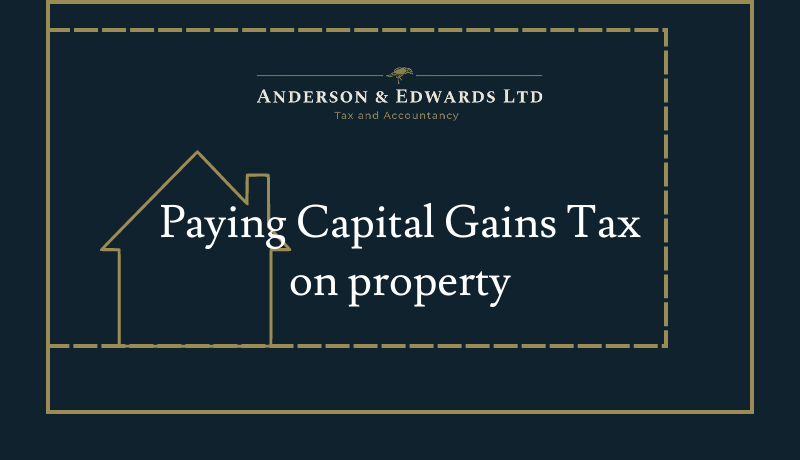
“I’m selling my own home – I won’t pay any capital gains tax, will I?”
Well… maybe.
People do not generally pay Capital Gains Tax when they sell the home they live in. This is due to a tax relief known as Principal Private Residence (PPR) relief. It’s a valuable tax relief which should not be underestimated. HMRC outlines the specifications of how this relief works.
However, there are many quirks to PPR. One such quirk is the “permitted area” which qualifies for the relief. This is typically a problem when there’s a big garden or grounds with the property.
The legislation defines the “permitted area”, including the house too, as 0.5 Hectares (5,000 square metres). For reference, a standard football pitch is just over 7,000 square metres. If the garden and grounds exceed this threshold, then PPR may be restricted. Therefore, a portion of the gain could become taxable.
However, all is not lost for those with a couple of football pitches in their back garden!
If the garden and grounds of a property exceed the permitted area then it can be argued that the larger area is required for the “reasonable enjoyment” of the house… then a larger area is sometimes allowed. Just when you thought it couldn’t get more complicated…
Isn’t the unhelpful and woolly nature of tax legislation just marvellous?!
So how do we decide what this applied to? After all, “reasonable enjoyment” can mean very different things to different people!
Perhaps it would be helpful to look at existing case law:
Longson v Baker [2001] is a great example. It involved a nice house with fields which were used for horse grazing. The area of the house and grounds was ~7.5 hectares (greatly exceeding 0.5!).
Dr Longson argued that the house required the full grounds to “reasonably enjoy” the property due to the equestrian nature of the property - horses need a lot of space after all! The district valuer agreed that the 0.5 threshold should be extended and suggested that 1.054 hectares would be allowable. Dr Longson was not willing to accept that and pressed for the full amount of his grounds.
Dr Longson lost in court and was subject to CGT on a portion of the gain. Incidentally, this gain was from Dr Longson separating from his wife and moving out, eventually divorcing and then him disposing of his interest in the property to his former wife – hopefully this sort of disposal will be rarer with new rules coming in from 6 April 2023 to extend the no gain no loss rules with separating spouses (a blog for another time perhaps).
If you are disposing of a property (via selling or gifting) and think that you might be subject to Capital Gains Tax, please do not hesitate to get in touch. Every hectare makes a difference after all! Looking for a tax advisor specialising in CGT with an interest in defining “reasonable enjoyment”? Speak to our Tax Director James Edwards. He’s the type of tax advisor that will happily answer the phone about either of these topics! Email him at Enable JavaScript to view protected content. or call him on 0131 364 4191.
© 2024 Anderson & Edwards Ltd|Registered in Scotland SC678768|Privacy Policy|Website by Broxden